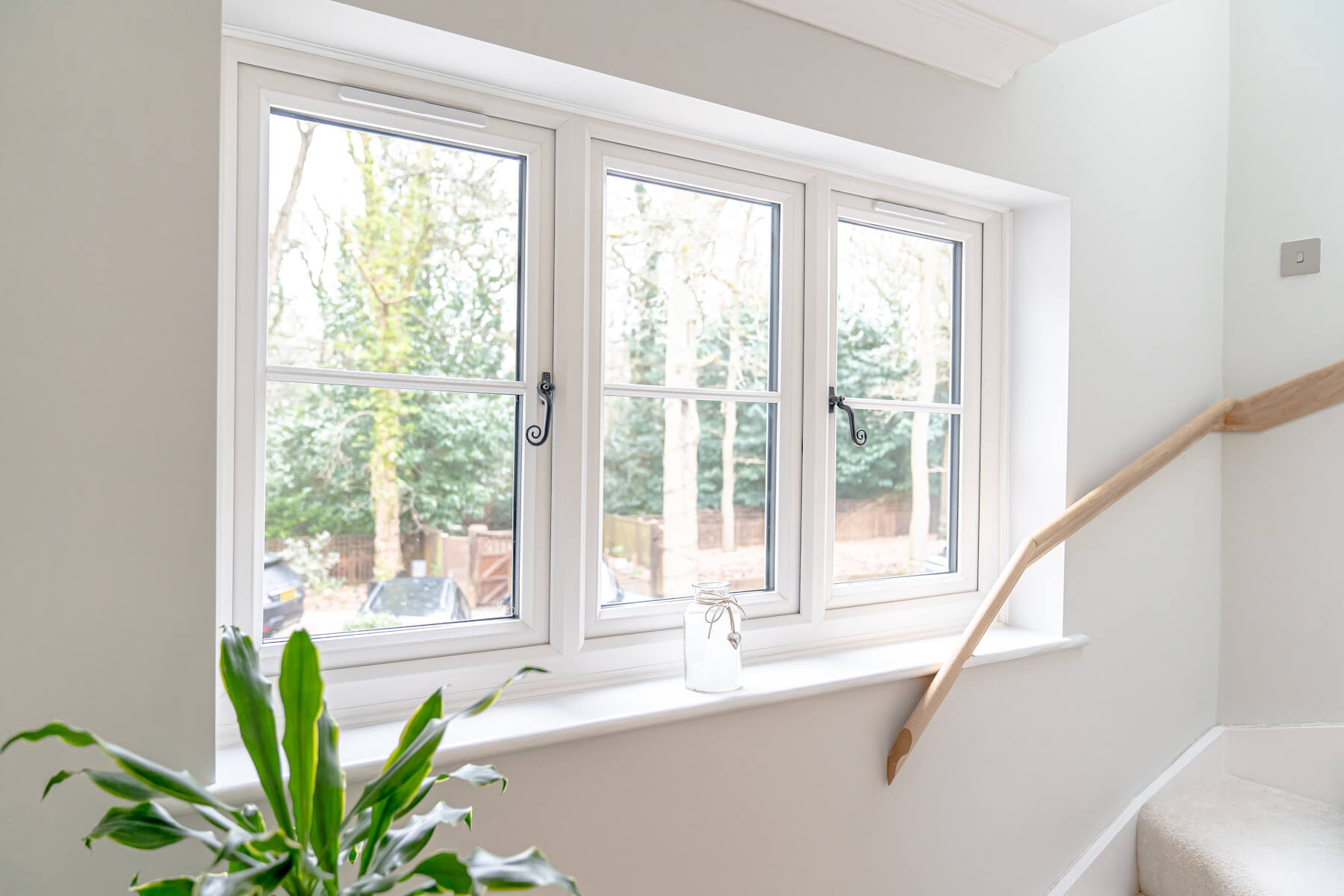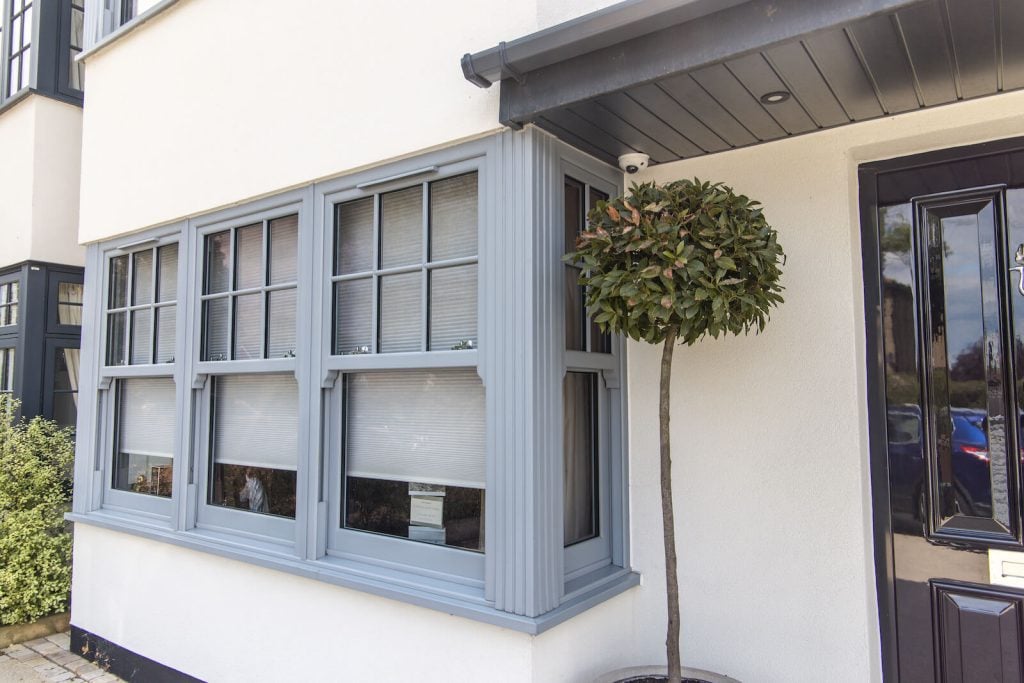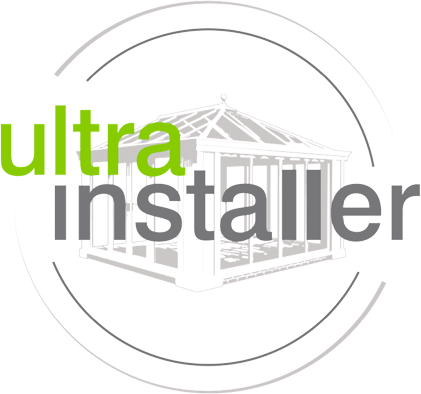
If you’ve ever wondered how well your windows retain heat during winter or cool air in during summer, the answer lies in U-values. U-values, also known as thermal transmittance, are a calculation method to measure how much heat passes through each building element, like a window, door, or roof. and how easily heat can pass through a material to see how much energy and how much heat it loses.
The lower the U-value, the better the insulation. Think of it like a dam – a lower U-value means the dam is stronger, preventing more heat from escaping in winter and keeping your home warm. In the summer, a good U-value helps keep the heat out, making your space cooler. This translates to energy savings and a more comfortable living environment year-round.
How do we calculate U-values?
Well, the temperature difference is taken between the inside and outside of a building, or the inside and outside of the window for example, and divided by the rate of heat transfer through the material. The result is a u value measured in watts per square meter per Kelvin (W/m²K).
What do UK building regulations say about U-values?
In the UK, building regulations set minimum U-values for windows and doors. This ensures a certain level of energy efficiency, reducing heat loss and keeping energy consumption down. Currently, windows and doors in existing homes need a U-value of 1.4 W/m²K (or Window Energy Rating B) to meet these standards.
Looking ahead, even stricter regulations are on the horizon. The Future Homes Standard, expected in 2025, will require even better overall thermal performance, with lower U-values for windows and doors. This means our homes will be even more energy-efficient and sustainable in the future.
Window U-values: Your Guide to Energy Savings
Not all windows and glazing units are created equally, especially when it comes to keeping your home comfortable and energy-efficient. Here’s where U-values come in – they’re like a secret code that reveals a window’s insulating power.
There are two different U-values for windows. The Ug (glazing U-value) measures the thermal insulation solely of the glass (centre pane) in the window. The Uw (whole window U-value) evaluates the entire window unit, including the glass, frame, seals, and spacer bar. The glass pane on its own will always be lower than the whole window as the thickness of the material of the frame, the seals, and the spacer bar typically have higher heat transfer rates compared to the glass, contributing to a higher overall U-value for the entire window.

What affects a window’s overall U-value?
- Glass Type: Special coatings, laminations, and different glass compositions can significantly impact insulation.
- Gas Filling: Replacing air between the panes with argon gas provides a big boost.
- Glass Pane Spacing: A wider gap between panes generally translates to better insulation.
- Spacer Bar: Don’t underestimate the spacer bar. Its material and thermal properties play a role.
- Frame Material: The thermal conductivity of the material will be different depending on the frame.
- Number of Panes: Double glazing is a clear improvement over single-glazed windows, while triple glazing can achieve U-values below 1 W/m²K.
Why are U-values important?
- Energy Efficiency: The lower figure of the U-value means less heat and less energy loss in winter and better heat flow and heat gain in summer, leading to significant energy savings on heating and cooling your home. This translates to less overall energy use, smaller carbon footprints and lower bills.
- Comfort: Consistent temperatures year-round contribute to a more comfortable and enjoyable living environment.
- Goodbye Condensation: Lower U-values help prevent condensation and mould growth on windows, protecting your home from damage and promoting a healthier indoor environment.
What is the perfect U-value?
There is no one-size-fits-all answer, as several factors come into play, including:
- Building Regulations: The UK sets minimum U-value requirements for new windows, currently at 1.4 W/m²K.
- Climate: Colder climates demand lower U-values for better insulation.
- Window Size: Larger windows with more glass area will naturally have a lower overall heat loss ratio compared to smaller windows with a higher frame-to-glass ratio.
- Your Needs: Prioritize comfort, average temperature, or energy savings? Your U-value choice can reflect these preferences.
SEH BAC: Your Window to Energy Savings
We offer high-performance glazing options that meet and exceed building regulations. Our EcoMAX double glazing is a sustainable champion, and our Comfort Glass featuring Low-Emissivity Glass and argon gas delivers superior energy efficiency.
Where Comfort Meets Efficiency
U-values may seem complex, but they hold the key to a more comfortable and sustainable home. At SEH BAC, we take the guesswork out of window selection. We offer a variety of windows, doors, and conservatory roofs boasting impressive U-values.
If you’re looking for top quality insulation, our advanced uPVC frames, featuring multiple chambers, deliver U-values as low as 1.2W/m2K. However, if you prefer a sleek aluminium look, our thermally broken aluminium profiles achieve U-values of 1.3W/m2K.
No matter your style or budget, our experts can help you find the perfect windows to keep your home cosy and energy-efficient.
SEH BAC Energy Efficient Windows
Our windows are available with high-performance glazing that meet and exceed building regulations.
Double Glazing:
Our EcoMAX double glazing is not only the most sustainable and eco-friendly glass unit on the market, but it also performs on par with typical A-rated windows.
Comfort Glass:
Our advanced Comfort Glass features Low Emissivity Glass (Low-E) and argon gas for glass that is more energy efficient than double or triple glazing.
SEH BAC and U-Values
Understanding U-values allows you to make informed decisions about your home improvements, contributing to better energy performance and a more energy-efficient, comfortable, and sustainable living space. At SEH BAC, we offer a wide range of windows, doors, and conservatory roofs with excellent U-values to prioritise your comfort and the amount of energy you save. Our advanced multi-chambered uPVC frames achieve U-values of 1.2W/m2K, while our advanced thermally broken aluminium profiles achieve U-values of 1.3 W/m2K. We can help you choose the right products based on your specific needs and budget. Contact our experience team for help.























